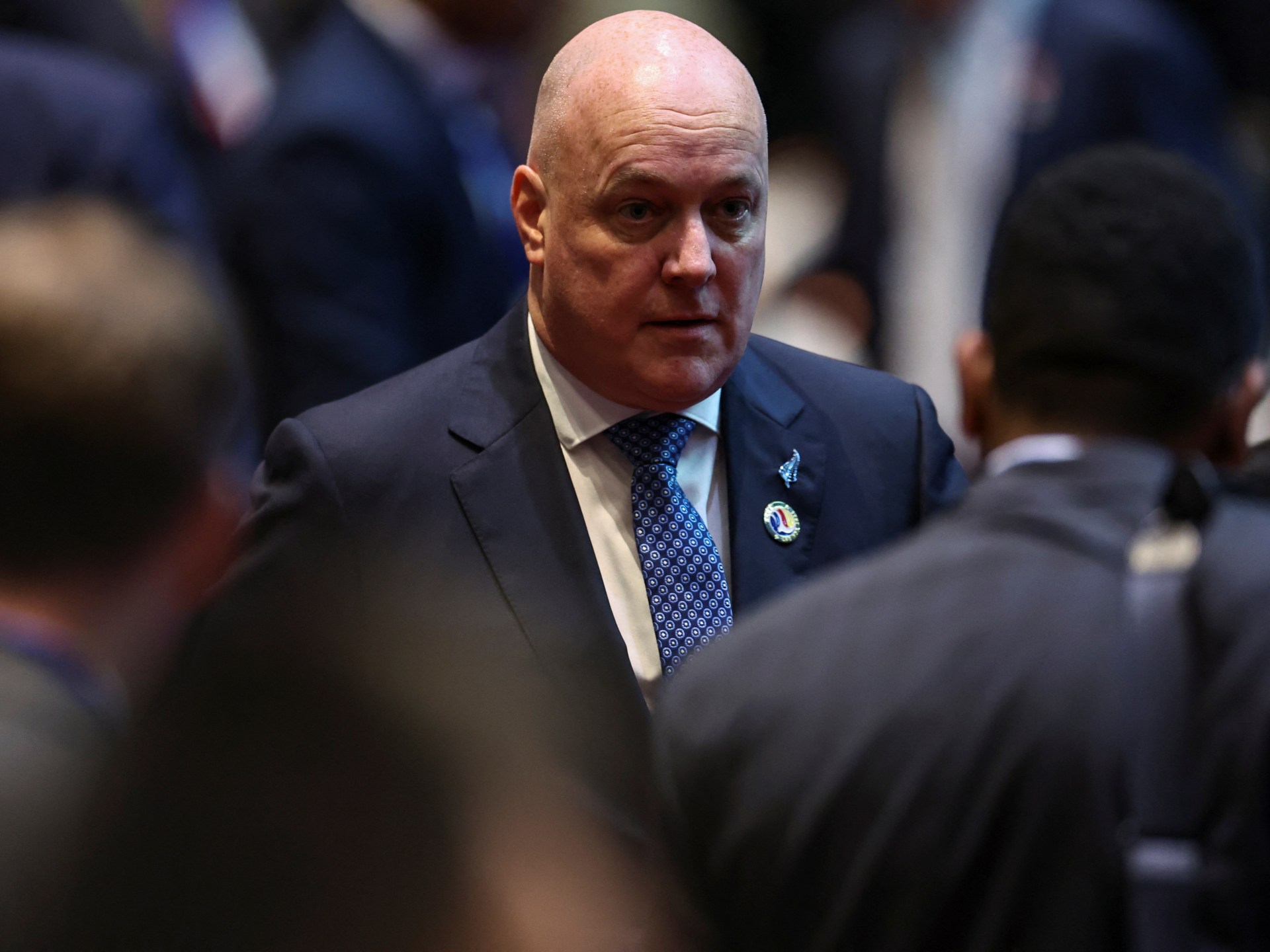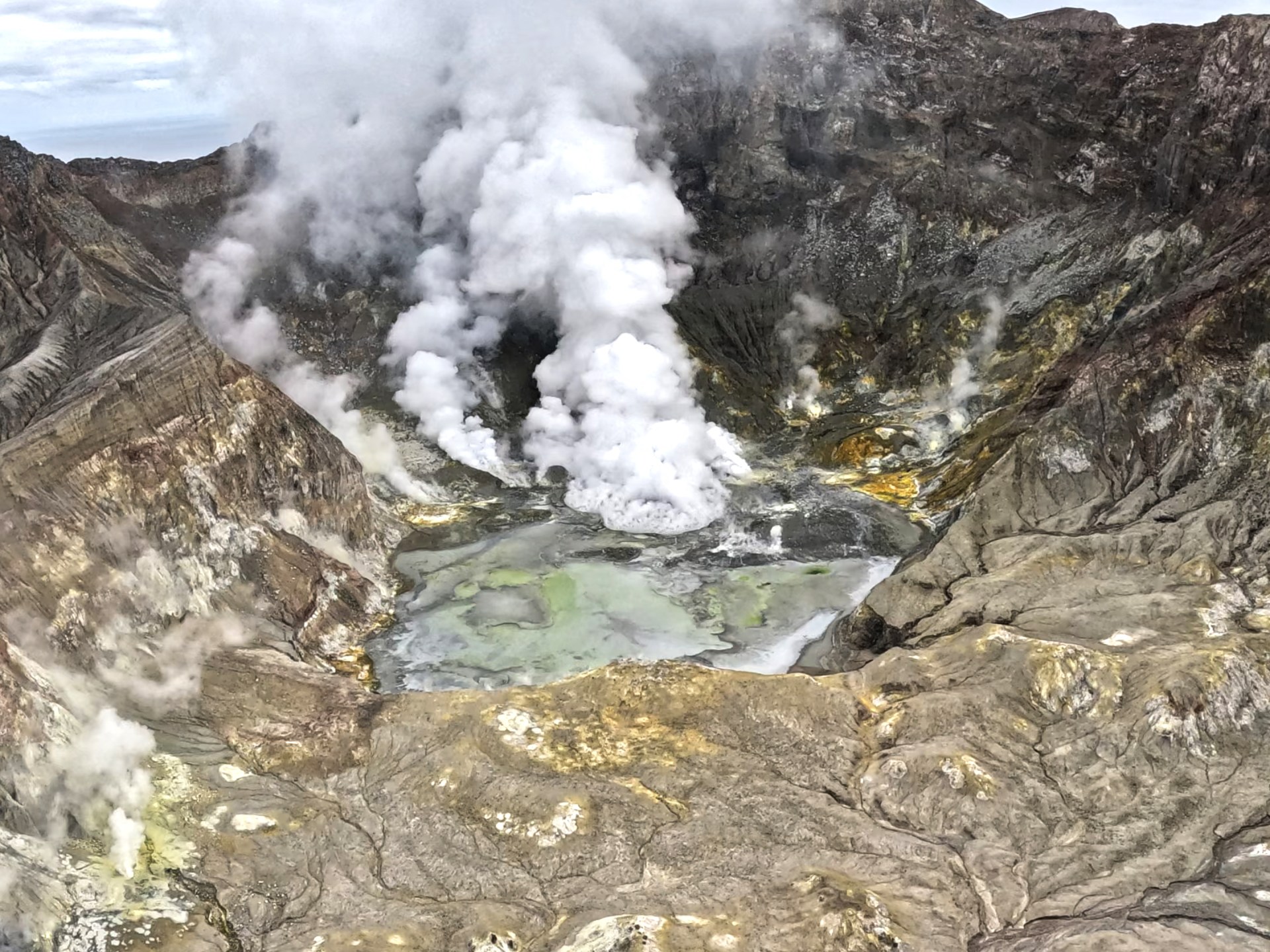
New Zealand Prime Minister Christopher Luxon on Tuesday made an unprecedented formal and “unreserved” apology to survivors of abuse in state and church care over seven decades, spanning almost the entirety of the country’s independent history.
The survivors included members of the Indigenous Maori and Pacific Islander communities that have been victims of racism and earlier, of colonisation, for nearly two centuries.
But what prompted Luxon’s apology, how widespread was the abuse, and is the apology – in the eyes of survivors and their communities – enough?
What did Luxon apologise for?
Luxon’s apology came after New Zealand’s Royal Commission of Inquiry into Abuse in Care published the findings of an independent inquiry in July.
The inquiry found that about one in three people in state or religious care between 1950 and 2019 experienced abuse. In this duration, about 200,000 children, young people and vulnerable adults were subjected to physical and sexual abuse. More than 2,300 survivors gave evidence to the Royal Commission.
The commission reported that some staff in care centres went to “extremes to inflict as much pain as possible using weapons and electric shocks”.
At the Lake Alice psychiatric hospital in Manawatu-Whanganui, a rural region on New Zealand’s southern North Island, people reported being sterilised, used for unethical medical experiments and subjected to electric shocks.
“To those of you who were tortured at Lake Alice. Young, alone – and subjected to unimaginable pain. I am deeply sorry,” Luxon said during his apology.
The commission made 138 recommendations including calling for public apologies from New Zealand’s government and the heads of the Catholic and Anglican churches. They suggested incorporating the Treaty of Waitangi, a colonial-era founding document between the British and the Maori people, alongside the United Nations Declaration on the Rights of Indigenous Peoples into policy. Incorporating the treaty would mean allowing the Maori to live and organise by Maori traditions, under official government policy.
The government has said it has completed or started working on 28 of these recommendations.
But the government is also likely to follow up on the apology with steps aimed at preventing a repeat of the abuse victims suffered at state-run facilities, including through better monitoring of the practices employed at these institutions, David MacDonald, a political science professor at the University of Guelph in Canada, told Al Jazeera.
MacDonald was a member of the Royal Commission Forum, which advised the Royal Commission of inquiry during its investigation of allegations of abuse starting in 2022.
Did care centres disproportionately target Indigenous people?
The Royal Commission report added that the abuse targeted Maori and Pacific Islander communities, who were barred from engaging in cultural heritage and practices at state-run facilities.
“Maori and Pacific children suffered racial discrimination and disconnection from their families, language and culture. Blind children were denied access to books in Braille. Deaf children were punished for using sign language,” Luxon told parliament on Tuesday.
The commission reported that Maori and other Indigenous children were at much greater risk of being rounded up and detained by the police if they were seen on the streets or in shops and not in the schools where they had been admitted, MacDonald said.
He added that in the 1950s and 1960s, this was a tactic to force the Maori community to assimilate with white people in urban areas. Maori families were encouraged – including through housing schemes – to leave their fellow community members and live in white-majority areas where they could be more easily assimilated. This was known as “pepper potting”.
“There has been a ‘pathologisation’ of Maori children, where they were falsely thought by white police and other law enforcement officials as well as state educational authorities to be more likely to be violent or troublesome,” MacDonald said, adding that similar cases have been observed in Australia, Canada and the United States, among other Western settler states.
Due to structural racism in the system, the police force and the courts, there was a higher likelihood of more physical abuse, longer detention, and isolation for Maori or Pacific Islander children in care centres, compared with white children, he explained.
What has the reaction been to Luxon’s apology?
Many Maori survivors told local media that the apology does not mean much to them.
“He kupu noa iho [it’s only words], if it is not backed up with anything tangible,” Tu Chapman, a Maori survivor, told public service radio broadcaster, Radio New Zealand (RNZ) in te reo Maori and English. Chapman was placed in state care when he was just a year and a half old.
Survivors also criticised the lack of Maori involvement in drafting the apology, and the lack of mention of the Treaty of Waitangi in Luxon’s speech.
“Maori don’t always necessarily look to Western systems or Western models for apologies and redress. Where is te Tiriti o Waitangi (the Treaty of Waitangi) within this public apology?” Ihorangi Reweti-Peters, 18, who was only released from state care in 2023, asked while speaking to RNZ. Reweti-Peters was just seven months old when he was placed under state care, where he experienced abuse.
On X, Maori political writer Rawiri Taonui described the abuse of Maori children in state care as “cultural genocide”.
In what amounts to the cultural genocide of several generations of tamariki/taiohi Māori, our children were taken, regardless of whether they were from good or struggling homes, and were physically abused, sexually molested, raped and tortured in greater numbers than non-Māori…
— Dr Rawiri Taonui (@RawiriTaonui) November 11, 2024
What is needed for an ‘apology’ to matter?
The government has not apologised for previously refusing to believe survivors, MacDonald said.
Some survivors were also upset that the apology took place at the parliament, which did not have space to accommodate all those who gave their testimonies to the commission.
Only 180 people can fit in the parliament’s gallery, while more than 2,300 survivors were consulted by the inquiry. The apology was livestreamed at four venues – but the total capacity of these four venues was 1,700 people, Kim McBreen, who provided evidence to the inquiry, wrote for Maori and Pacific Islander publication E-Tangata.
She added that survivors were given until September 30 to register to attend, and if they exceeded capacity, they would be selected by ballot. “I don’t want an apology, I want a reckoning,” she wrote.
Role of the Church
“A lot of the abuse was carried out through different faith-based communities such as Church-run institutions,” MacDonald said.
Addressing parliament, Luxon apologised for abuse in state- as well as faith-based facilities. However, there are no clear financial redress plans outlined by the government at the moment, he added.
“The government has written to church leaders to let them know our expectation is that they will do the right thing and contribute to the redress process,” Luxon said.
MacDonald added that New Zealand’s approach contrasts with Canada’s response to the findings of its Truth and Reconciliation Commission. In 2015, the final report after an inquiry by Canada’s commission found that the Indian residential school system in Canada, a system of boarding schools for Indigenous people that was in place from 1879 to 1997, had amounted to cultural genocide. These schools were run by Catholic, Anglican and United Churches.
In Canada, the state assumed responsibility for churches and provided compensation to the survivors. The Catholic Church did not fully pay its share of the money to the government, but the other churches did, MacDonald said.
New Zealand: History of apologies and reparations
For decades, Maori people have struggled to receive compensation for land lost to colonisers.
The two islands in the South Pacific that are today called New Zealand were home to Maori people for centuries. They called the country Aotearoa.
New Zealand was the name given to Aotearoa by British colonisers who took control in 1840. In the decades that followed, more than 90 percent of Maori land was taken by the British Crown. In 1947, New Zealand became legally independent.
In 1995, the UK’s Queen Elizabeth issued an apology to the Maori people and promised financial reparations.
Different tribes, or iwi, were paid different amounts of reparation through money and blocks of land. However, many Maori people did not believe this was adequate, considering the thousands of hectares of land lost.
After three decades of their fight for reparations, they received the latest round of financial settlements in September 2022. At least 40 settlements were still pending at that point.
However, in the case of abuse under state care, redress is expected from New Zealand’s government. MacDonald is not too optimistic.
“New Zealand’s economy is smaller and not as robust as Australia or Canada. The amount of money that the survivors would get wouldn’t be nearly as much as what other countries’ survivors get,” MacDonald said.






